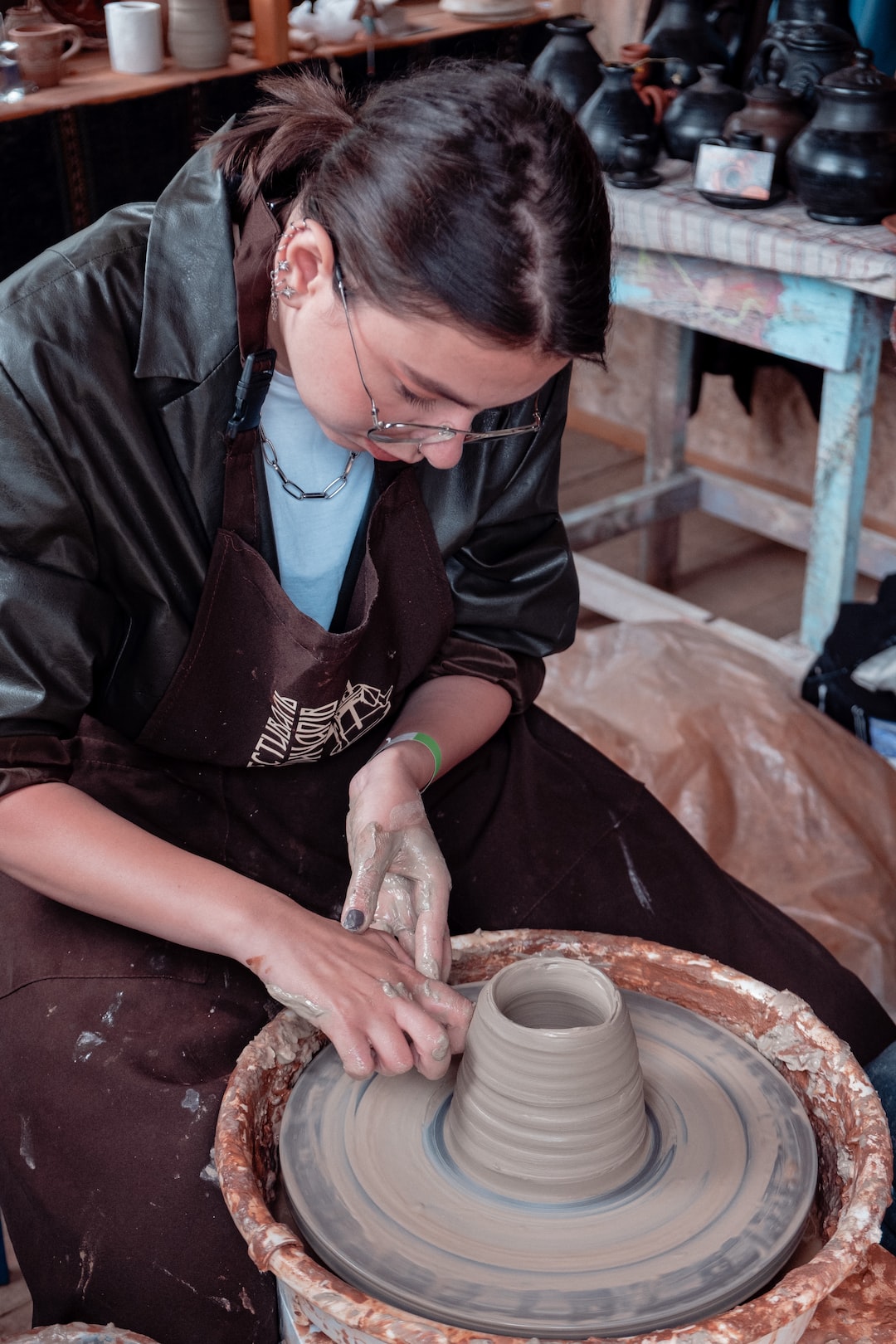Embroidery has been an art form for centuries, dating back to ancient civilizations. It is the art of decorating fabric with needle and thread, creating intricate patterns and designs. From simple stitches to intricate designs, embroidery has evolved over time, and today, it incorporates a wide range of techniques and materials.
For those who want to learn the art of embroidery, it is best to start with the fundamentals. The essential skills needed for embroidery include selecting the right fabric, picking the right thread, and mastering basic stitches that form the foundation of more complex patterns.
Selecting the right fabric is crucial when it comes to embroidery. The fabric should be lightweight and not too tightly woven so that the needle can pass through easily. Cotton is the best fabric for beginners, as it is easy to work with and readily available.
Picking the right thread is equally crucial. There is a vast array of colors, textures, and sizes of embroidery thread available, but it’s best to choose a standard six-strand cotton thread for beginners. This thread is strong, easy to work with, and widely available.
Once the fabric and thread have been selected, it’s time to start learning the basics of embroidery stitches. At its core, embroidery is all about creating patterns using basic stitches such as the backstitch, satin stitch, chain stitch, and French knot. These stitches are the foundation of embroidery, and it’s important to practice and master them before moving onto more complex designs.
As one becomes more comfortable with basic stitches, they are ready to move on to more elaborate designs and patterns. There is a wide range of embroidery patterns and designs to explore, from flora and fauna to geometric shapes and abstract patterns. Online tutorials, embroidery books, and classes can all help those interested in taking their embroidery to the next level.
Embroidery was traditionally done by hand, but today, many modern artists incorporate machine embroidery into their work. With a sewing machine, one can create intricate patterns and designs quickly and easily, making embroidery accessible to those who may not have the patience or time to do it all by hand.
The art of embroidery has come a long way over the years, from a functional means of mending and decorating clothing to a complex art form celebrated by many. Whether it is done by hand or machine, embroidery can be a relaxing and fulfilling hobby. It allows one to express their creativity and create unique and beautiful pieces of art to treasure for years to come. With a little practice, embroidery can become a lifelong passion, allowing one to continually refine and expand their skills.

